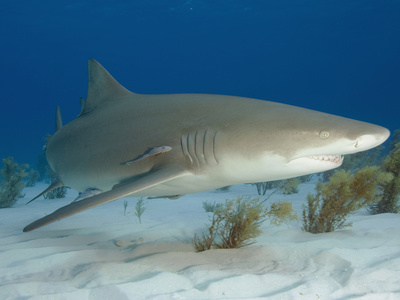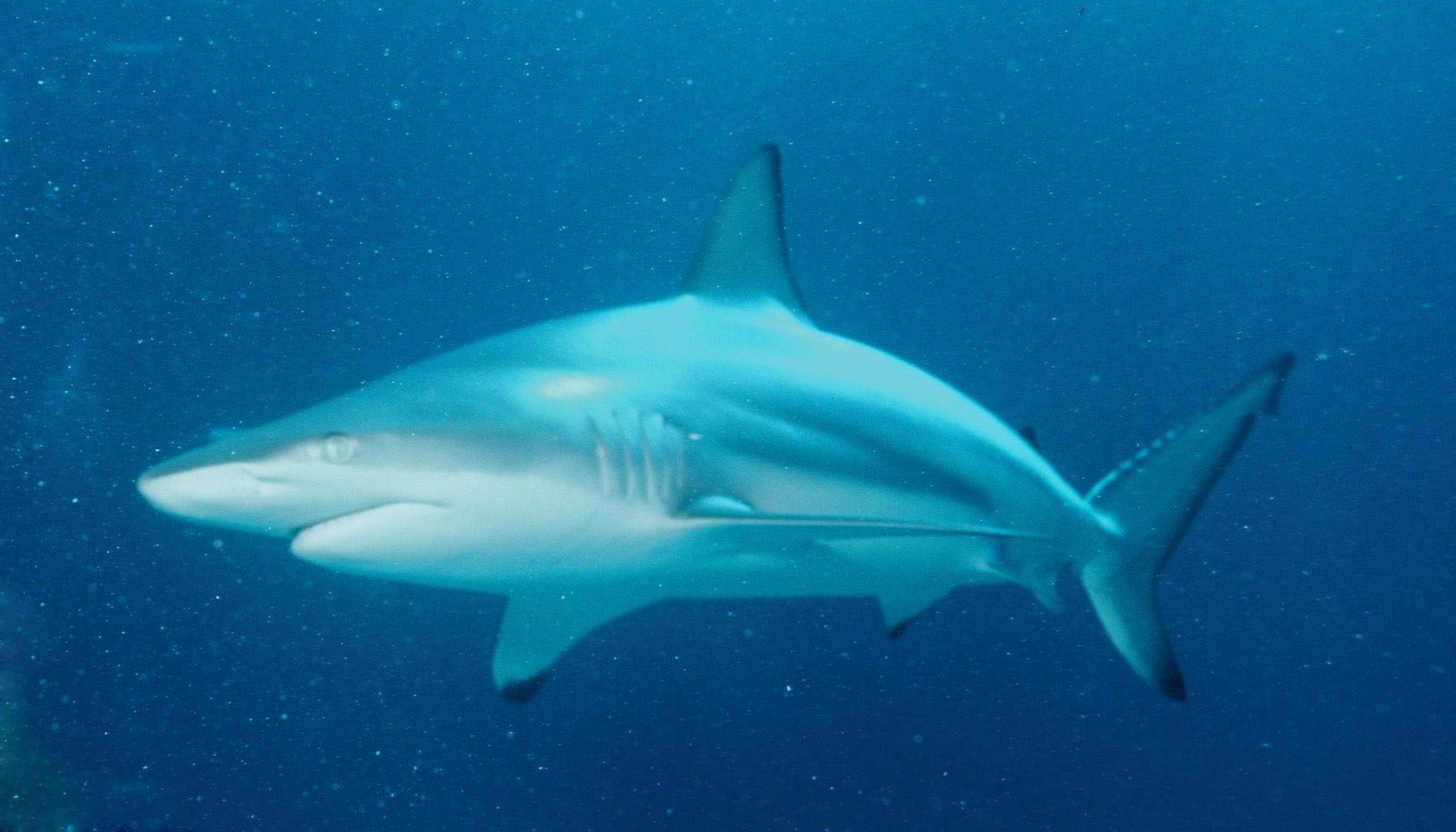 |
| Figure 1: Cotopaxi glacier's majestic and impressive shape. |
The
Cotopaxi glacier is located in Ecuador
and was discovered in 1802 by Alexander von Humboldt. It is located 75 km southeast of Quito (capital of Ecuador) and it's the second
highest peak of the country with 5897 metres. It is actually covered a volcano
that turns out to be quite active.
 |
| Figure 2: Cotopaxi glacier's map, showing its equatorial latitude that strongly influences the character of the glacier. |
As we can
see in the map, the glacier is located in Equatorial latitudes, the glacier
will present characteristics typical of equatorial ice bodies. For example,
precipitation is the key to understand its existence, because the high
temperatures according to its latitudes would prevent such element from
developing. Yet high precipitation rates (accumulation) would exceed
melting occuring throughout the year (ablation). Besides, because the
equatorial climate displays similar temperature values throughout the year, the
ELA (a glacier concept indicating the point where accumulation equals
ablation) doesn't seasonally vary in altitude. This is totally opposite to what
happens to glaciers in high or mid-high latitudes, where seasonality is great
and therefore, the ELA appears at different altitudes in the different seasons. If climate is warmer, ablation increases, so the ELA will go higher in altitude; the opposite phenomenon would be registered in a cooling climate context.
As a result, Equatorial glaciers are very sensitive to climate change, so
minimum alterations in termperature will trigger enormous fluctuations in the
glacier mass.
 |
| Figure 3: Since the Little Ice Age (finishing by the end of the 19th century), tropical glaciers have been retreating. Evidence of it is the elevation of the ELA in the Telata glacier (Bolivia); ELA's elevation is related with increasing ablation as a consequence of warmer temperature (more ablation occurs, so the point where ablation equals accumulation appears higher in altitude). |
Since the
Little Ice Age, the ELA has gone up 300-400 metres higher, most
of which happening in the last 75 years. In fact, temperatures have risen by 0.10ºC per decade, amounting
to a total of 0.70ºC, and the main consequence for temperature is the decrease
of cloudiness and precipitation. This is also true for other glaciers located
in tropical or equatorial latitudes, as we can clearly identify in the graph
above.
However,
development of glaciers is not easy to monitor, as they're deeply affected by
such perturbations as the ENSO phenomenon, which presents annual variations
(especially in February-May and in September) of 0.7-1.3ºC. As said, these
variations, despite looking tiny, they're significant for fluctuations in ice
mass balance (mass balance = ablation - accumulation).
 |
| Figure 4: CO2 liberation in mol/m2/yr. |
But before
going through these oscillations caused by the ENSO phenomenon, let's have a
look at the normal situation. The map above represents the liberation of CO2
from the ocean to the atmosphere. As we can see, there's a red spot along the
South American western coast (i.e. high CO2 liberation rates), explained by the upwelling of deep water to the
surface. This phenomenon happens because the
northeasterly winds from the northern hemisphere collide with the southeasterly
winds from the southern hemisphere and so do the waters from both sides of the
planet. As a result, divergence of water masses is produced thus leaving a gap in surface water
compensated with waters from the bottom (upwelling). That is what makes the
Humboldt Current (flowing along the Peruvian coast) colder and because
upwelling brings nutrients from the depths to the surface, these waters are
extremely rich, so a wide variety of marine fauna can thrive there.
 |
| Figure 5: ocean surface temperature during El Niño y La Niña episodes across the Equatorial Pacific. |
However,
this average pattern may be altered by extraordinary events known as the ENSO
phenomenon, made of two main different episodes: El Niño and La Niña.
- During La
Niña episode, the easterly winds are intensified, so they're capable of
transporting more amount of surface water westwards. Consequently, in South America bottom water tries to compensate for this
lack of mass and rises to the surface, thus bringing colder temperatures to the
region. Snowfall will increase and constant, fast winds will trigger
sublimation (i.e. water will be converted from solid into gas); after all,
faster winds are able to move water vapour away, leaving the air mass with
larger water-holding capacity. Sublimation will favour cloud generation.
- During La
Niña episode, the usual easterly winds pattern is drastically altered and the
winds will come then from the west, moving surface water from the west Pacific
to the East Pacific. This surplus of water will thus block upwelling and as a
result, warmer temperatures will be registered, which will favour rainfall
rather than snowfall. Furthermore, low winds speed favour melting instead of
sublimation, so cloudiness will be diminished.
 |
| Figure 6: Mass balance of the Antizana glacier (just beside Cotopaxi; check the map of figure 2). Notice the glacier growth during La Niña episode of 1999-2001. |
To sum up,
La Niña events will result in positive mass balance (i.e. the glaciers would
grow), whereas el Niño episodes would trigger negative mass balance (that is to
say, glacier retreating). These results are reflected in the graph above;
indeed, the Antizana glacier (next to Cotopaxi) grew during La
Niña episode of 1999-2001. That's what makes glaciers overall tendencies more
complicated, as one might have thought the glacier was expanding again during
these short period.
 |
| Figure 7: Cotopaxi glacier's retreat. Left satellite image was takenin 1986 and the right one in 2007. |
Nevertheless,
evidence shows that the Cotopaxi glacier is
retreating at quite an alarming rate, as we can clearly observe in the image
above showing the glacier coverage for 1986 and 2007. In fact, this
glacier lost 30 % of its mass during 1956-1976, and other 40 % of its mass for
the period 1976-2010. The consequences this retreat may bring about are
noteworthy:
- Smaller
glaciers that have already disappeared have caused a decline in agriculture and
tourism, as well as biodiversity loss.
- As
glaciers supply Quito
with fresh water, their retreat will certainly be a threat for the population.
Some authors said that 10-35 % of the fresh water consumed in Quito originates in the glaciers, but this
number has dropped to 4 % in latest research.
- A more
worrysome issue is the future of energy production. In fact, 50 % of the energy
of the country is produced by hydroelectric power, closely related to the
status of a glacier. Raising awareness of the population about the effects of
climate warming is essential and a correct management could save great amounts
of money (for example, in producing power by other means).
- Increased
volcanic risk, since the volcano would have less pressure above it.
- A
characteristic feature of the Peruvian landscape, called "páramos"
(grasslands), would be in danger of disappearance. These landforms are fed by
glaciers by 25-35 %, and glacier water plays a major role in the preservation
of these structures that act as sponges, especially during the drier period of
November-February. Two pictures of these wonderful geomorphological feature are
displayed below.
 |
| Figure 8: Andean páramos, mostly fed by glaciers. |
Therefore,
correct management becomes crucial for the preservation of glaciers as a
wonderful landscape and as a means to ensure human subsistence. This is
particularly true in a scenario of climate warming for the 21st century, by
whose end 4-5ºC
hotter temperatures are expected. Yet updated and more widely distributed
instruments are required to estimate more precisely the development of such a
breath-taking and harmonic landform as the Cotopaxi
glacier.
SOURCES:
http://www.cathalac.org/lac_atlas/index.php?option=com_content&view=article&id=32:cotopaxi-ecuador&catid=1:casos&Itemid=5
http://news.bbc.co.uk/2/hi/americas/8629527.stm
http://www.tourism-master.nl/2009/10/02/effects-of-climate-change-in-the-cotopaxi-volcano-ecuador-and-its-influence-on-tourism/
•
•URIARTE, A (2009). Historia del clima de la Tierra.
•VERGARA, W. Economic impacts of rapid glacier retreat in the Andes. Eos, Vol. 88, No. 25, 19 June 2007.
•VUILLE, FRANCOU, WAGNON, JUEN, KASER, MARK & BRADLEY (2007). Climate change and tropical Andean glaciers: past, present and future.













